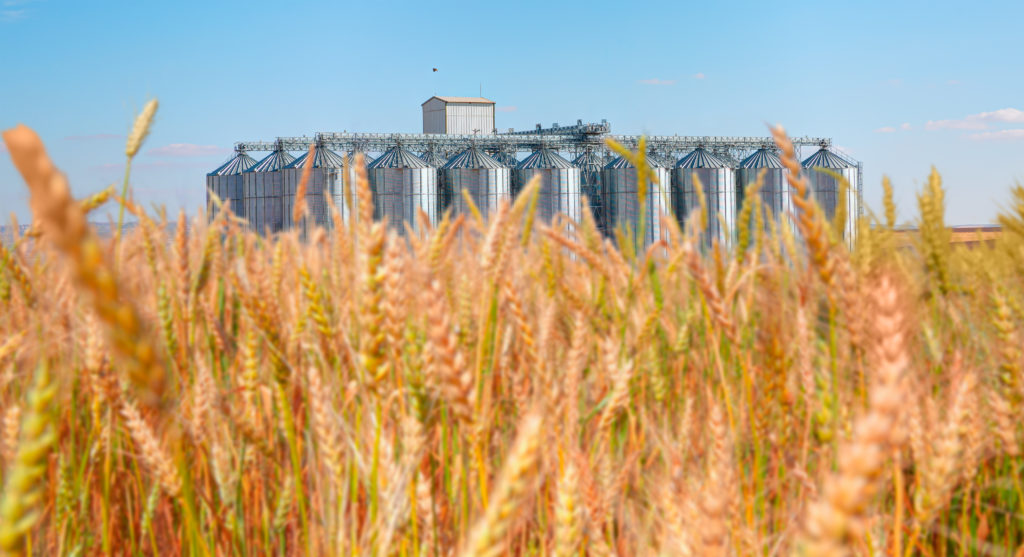1. Why is Ukraine so influential in global food markets?
Ukraine, Europe’s second largest country, is covered with flat plains containing dark, fertile soils ideal for agriculture. Cheap food from Ukraine helped shape the course of European history, feeding the populations of rapidly expanding industrial cities in the 19th century and sustaining the vast Soviet Union through decades of isolation. Before the war, Ukraine exported more grain than the entire European Union and provided about half of the world’s traded sunflower seeds and oils. More than 30 countries that are net importers of wheat depend on Russia and Ukraine for over 30% of their wheat import needs.
2. How did the war affect exports?
They collapsed when Russian forces invaded in late February and imposed a blockade on Ukraine’s main export terminals in Odessa and Mykolayiv. By mid-year, at least 25 million tons of 2021 grain were still stuck in the country just as a new wheat harvest was about to begin. Some wheat, corn and barley were transported overland to Romania, Poland and the Baltic ports by roads, railways and Danube ships. These routes could only handle about a fifth of Ukraine’s pre-war exports, and efforts to increase volume were hampered by a lack of fuel for trucks and transportation bottlenecks. The former Soviet railway tracks in Ukraine have a wider gauge than their Western counterparts, causing delays at the border of up to 30 days. Grain exports were just 1.4 million tons in June, versus about 5 million tons per month in a typical year.
3. Why is this important?
The slump in supplies from the fourth-largest grain exporter sent prices soaring and prompted import-dependent nations in Asia, Africa and the Middle East to scramble to secure alternative supplies. The shortages contributed to sporadic political unrest and 43 countries were at risk of famine, according to the United Nations World Food Program. Ukraine has been one of the biggest contributors to the WFP: Eritrea and Somalia depended almost entirely on Russia and Ukraine for their wheat supplies last year, while Tanzania, Namibia and Madagascar depended on them for more than 60% of supplies, according to UN data.
4. What prevents Ukraine from resuming exports?
While the main export terminals were largely undamaged and still under Ukrainian control, the ports and coastal waters were riddled with mines. Ukraine accused Russia of stealing shipments of grain and selling the shipments as its own. Russia is benefiting from the blockade as it has siphoned revenue from the Kiev government to keep the resistance going, inflicted economic pain on Moscow’s western opponents and boosted the value of its own wheat on the international market (Russia is an even bigger wheat exporter than Ukraine).
5. Can anything be done to resolve the dispute?
The United Nations held talks in July to try to end the impasse and allow escorted convoys out of Ukraine’s Black Sea ports. A first round of discussions ended with a “glimmer of hope,” according to Secretary-General Antonio Guterres, who said more work is needed to achieve a breakthrough. The Ukrainian government has been wary of clearing mines in the Black Sea that help protect its ports because Russian troops could then attack them. The Russian government has previously suggested it could allow ports to reopen if the US and its allies relax sanctions on Moscow – an idea they are unlikely to accept.
6. How will the war affect the next harvest?
The government expects this year’s harvest to be 40% smaller than last year after farmland was damaged or cut off by the conflict. Farmers who are able to gather their crops might run out of space to store them as the silos are still loaded with last year’s grain. That lack of storage capacity, combined with a collapse in income leaving farmers without money to buy seed, means it could take years for exports to fully recover.
For more stories like this, visit bloomberg.com




